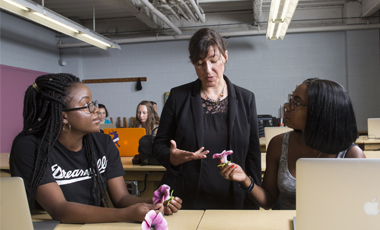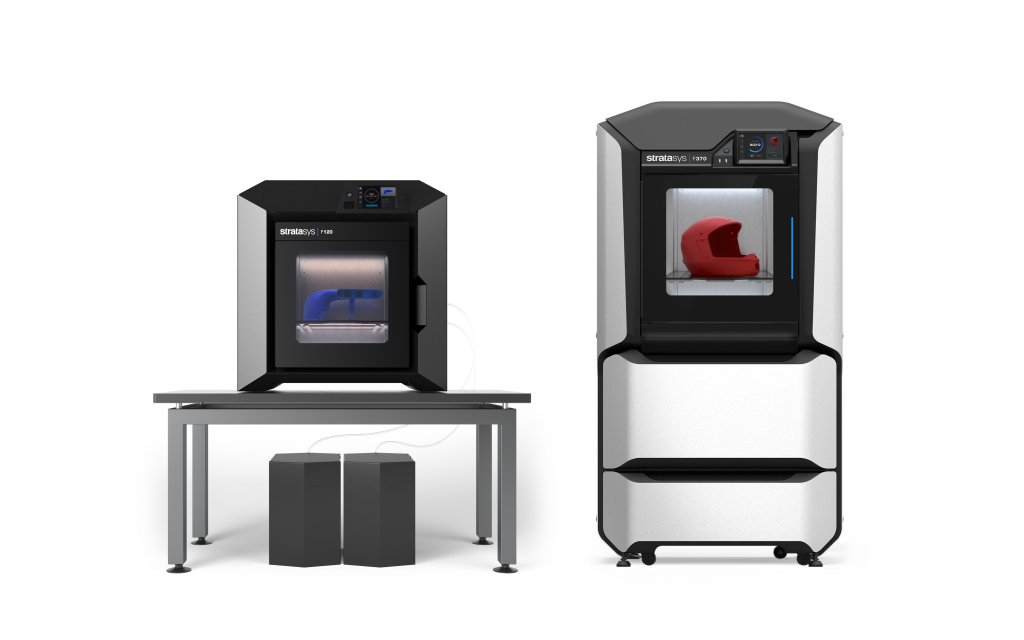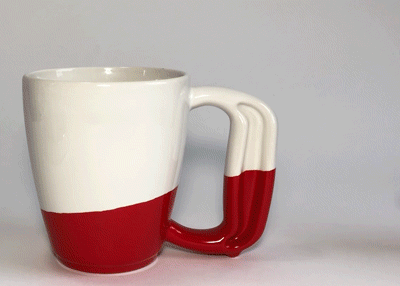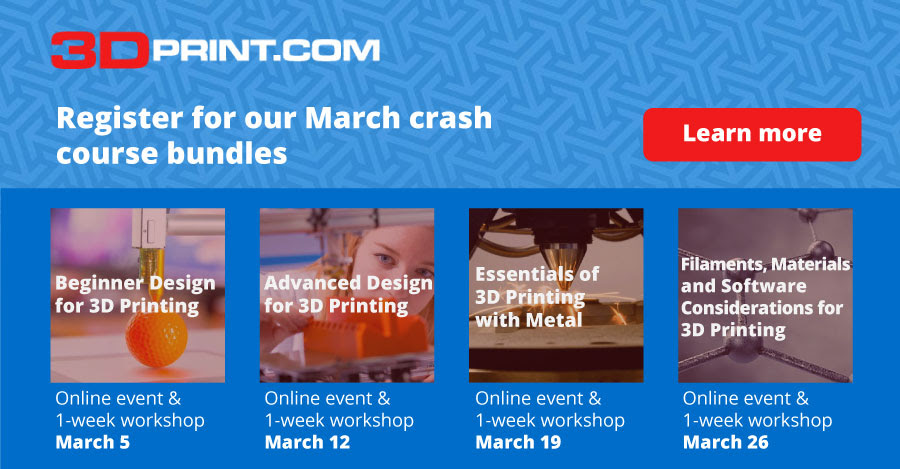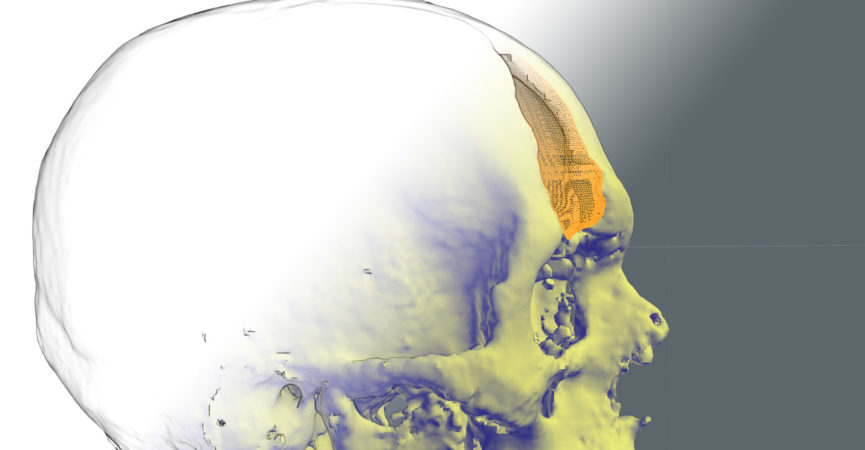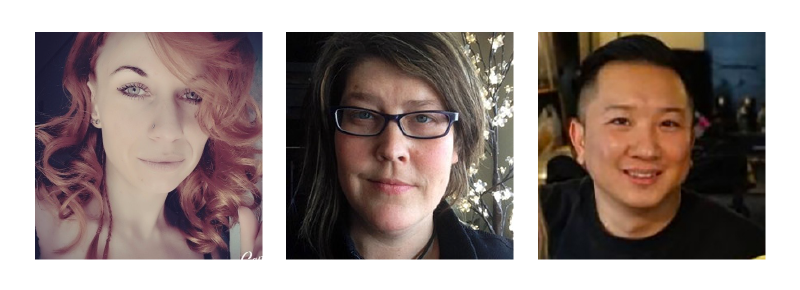
Alena Berezina of SelfCAD, Dr. Laura Taalman (aka mathgrrl), and Will Co of CoKreaate.
Learn tactical design skills from three 3D print design experts, a designer, a mathematician, and a business owner, in Advanced Design for 3D Printing on June 18.
In the first session of our live online event, you’ll hear from Alena Berezina, chief designer of SelfCAD, a fully-featured browser-based 3D modeling and slicing software. During this session, the audience will be able to choose a model they want to see designed and Alena will show you how to create it from scratch with basic shapes, 3D sketching, FreeHand drawing, shape generator, and other features of SelfCAD. You will learn how to create and modify advanced designs for 3D printing quickly and effortlessly.
Here are some potential objects that you could choose from:

By popular demand, we’ve invited Dr. Laura Taalman (aka mathgrrl) back to speak in our second lives session of our Advanced course. Dr. Taalman, a professor of Mathematics at James Madison University, will speak about how to use coding language and generative design for 3D printing. She’ll also show you the latest tools and how they are impacting the future of design.
By the end the week-long workshop, you’ll create your design and be able to submit it into our design contest. The winning design will be selected by a few judges from our team and our partners at CoKreate — and then printed and shipped by CoKreaate. At the end of the live session on June 18, we’ll have Will Co, co-founder of CoKreaate on camera to answer any burning questions you may have about the contest. We’ll be asking him some questions about the materials he’ll print the winning design with and his experience running a 3D printer business.
>> Register now for Advanced Design for 3D Printing
Need some fundamentals before you take this Advanced classed? Join our Beginners class on June 11.
Following our Advanced class, you’ll get to apply your design skills in our Essentials of 3D Printing with Metal. Join us on June 25 for this interactive one-week course.
Bundle the courses for discounts and completely immerse yourself into the 3D print world. Take one, two, or all three courses and get applicable 3D printing skills for your upcoming ventures.
Thank you to our Beginner Design for 3D Printing and Advanced Design for 3D Printing sponsor, SelfCAD, for the support.
*The winning design may have to be modified based on the expertise of the designers at CoKreeate. The designers will work with the winner to perfect the design under CoKreeate’s guidelines. General sizing guidelines: Sandstone: 7x7x7 inches, FDM: 8x10x8 inches, and Resin: 7x7x7 inches.



